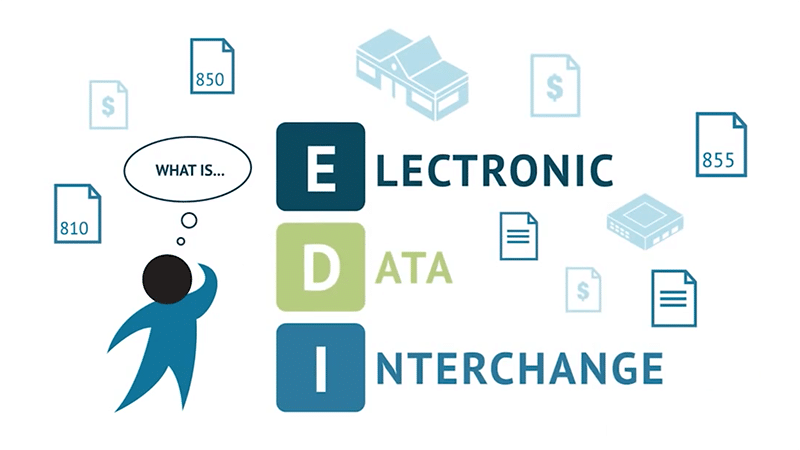
Electronic Data Interchange (EDI)
Electronic Data Interchange (EDI)
Don’t run off, Electronic Data Interchange or EDI is quite simply a standardized method for businesses to transfer documents electronically. Some typical business uses for EDI are purchase orders, invoices, shipping notices – types of transactions where the pertinent data can be separated from the regular communication related to negotiations, business deals, vendor contracts, etc. Why are we talking about it here? Easy. A set of standards for the healthcare industry has been adopted and make your life easier.
EDI creates efficiency and helps to automate data entry that is often performed manually. Before HIPAA, there were more than 400 different process forms in paper format. Thanks to the research of the Workgroup for Electronic Data Interchange (WEDI) to explore ways to control skyrocketing healthcare costs and patient privacy protections and the subsequent enactment of HIPAA, EDI is available for use in the healthcare landscape.
Just like EDI used in business, Healthcare EDI functions by exchanging information via transaction sets created as standards by organizations like the American National Standards Institute (ANSI). When HIPAA-covered healthcare providers electronically exchange any of the information covered in the list below, the transaction requires the use of adopted standards.
- Claims and encounters information
- Payment and remittance advice
- Claims status
- Eligibility
- Enrollment and disenrollment
- Referrals and authorizations
- Coordination of benefits
- Premium payments
Why is this important? – Efficiencies created in the entry and transference of data reduce errors, saves time and, in turn, saves money. These efficiencies have been adopted for the healthcare industry as they apply so readily to patient and claims data, eligibility, and security.
The EDI Benefits
- Standardization: The elimination of proprietary formats creates consistency, reduces errors and the need for translation.
- Efficiency: Data does not require manual entry. This reduces errors and speeds up the process as it becomes more automated.
- Accuracy: Automated data entry means a reduction of errors, which translates to a savings of both time and money.
- Cost savings: Digital transactions reduce paper usage, storage solutions and time used for manually completing paperwork.
- Greater security: Since only authorized parties can access the data, patient data is better protected and the risks of HIPAA violations are significantly decreased.
HIPAA Compliance – Healthcare EDI transactions are more secure than paper methods of transmitting information. Only authorized users have access to transactions, which is in keeping with healthcare data management practices. That being the case, EDI helps to enable secure data transmissions that comply as HIPAA mandates.
So, why isn’t everybody using EDI? – The use of EDI for data entry and transfer requires both parties to be technologically equipped to handle the transaction. For many smaller businesses, these initial costs can be prohibitive. In many instances, the standards to use between provider and payers are not defined or agreed upon; this results in paper documents being used a fallback.
Looking forward – In addition to the advancements in mobile and smartphones, we now have many types of wearable tech that can be used to track all types of health data. The advancements of mobile EDI can empower patients and practitioners alike to not only ease the portability of patient data, but also mobilize patient health information, track health trends, diagnose potential or emerging health issues, and simplify billing. While technology marches ahead, we will all need to keep in mind the methods for enabling data transfer and keeping compliant for security, safety, and privacy.
EZClaim Premier can generate, parse and display ANSI Healthcare EDI transaction sets as well as clearinghouse formats. This means you are ready to start processing claims using HIPAA-compliant EDI methodology right away with the end-to-end simplicity, compliance, and the peace of mind that comes with ease of data entry, assurance of data free from errors to produce clean claims and, with that, fewer rejections. We continually update our software to keep pace with any changes that may occur in the EDI space.
You can learn more about the Healthcare EDI standards by visiting the Centers for Medicare & Medicaid Services.
Ready to simplify your life? Take EZClaim Premier for a spin for 30 days.

